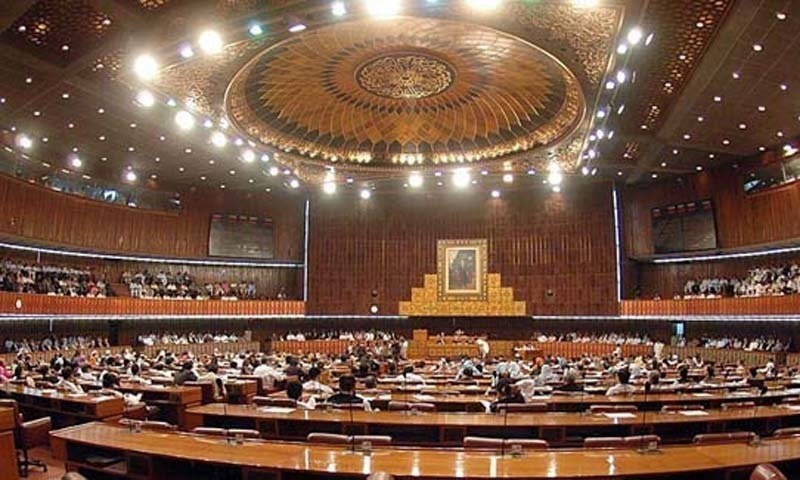Editorial
India’s economic journey remains fraught with challenges, including persistent inflation, rising unemployment, and the aftermath of the COVID-19 endemic, all of which have strained household budgets and disrupted supply chains. Structural issues, such as uneven income distribution, inadequate infrastructure, and a growing fiscal deficit, compound these difficulties. The global economic slowdown and geopolitical tensions further exacerbate the situation, with fluctuating commodity prices adding to the strain.
Amid this complex landscape, the Union Budget for 2025-26, presented by Finance Minister Nirmala Sitharaman on February 1, seeks to address these challenges while charting a course for sustainable growth and fiscal consolidation. The budget reflects the government’s commitment to economic self-reliance, social welfare, and infrastructure development, aiming to meet the aspirations of over 1.4 billion citizens.
The INR 39.4 lakh crore budget focuses on fiscal discipline, infrastructure, and social welfare, identifying agriculture, MSMEs, investment, and exports as key growth drivers. A targeted fiscal deficit of 4.4% of GDP signals a focus on sustainable fiscal management. Capital expenditure has been prioritized, with key investments in rural development, affordable housing, transport, and digital connectivity.
Pl watch the video and subscribe to the channel of republicpolicy.com for quality podcasts:
Notably, the budget offers relief to the middle class with tax revisions, including a higher income tax exemption limit and adjustments to tax slabs. However, the corporate sector sees tax changes designed to encourage foreign investment and domestic manufacturing, in line with the ‘Make in India’ initiative. GST rationalization for essential goods aims to stabilize prices, though the increased indirect taxes on some goods may offset these benefits.
While significant allocations for defense, education, agriculture, and healthcare are promising, the heavy reliance on market borrowings to finance infrastructure raises concerns about debt sustainability. The government’s plan to use sovereign green bonds and monetize assets worth INR 10 lakh crore demonstrates its focus on sustainable development, but risks linked to external debt and rising interest rates cannot be ignored.
The success of India’s economic recovery and growth hinges on effective governance, transparent fiscal policies, and the successful execution of proposed reforms. As the country navigates these complex economic waters, it will need to ensure that growth translates into equitable opportunities for all citizens.















